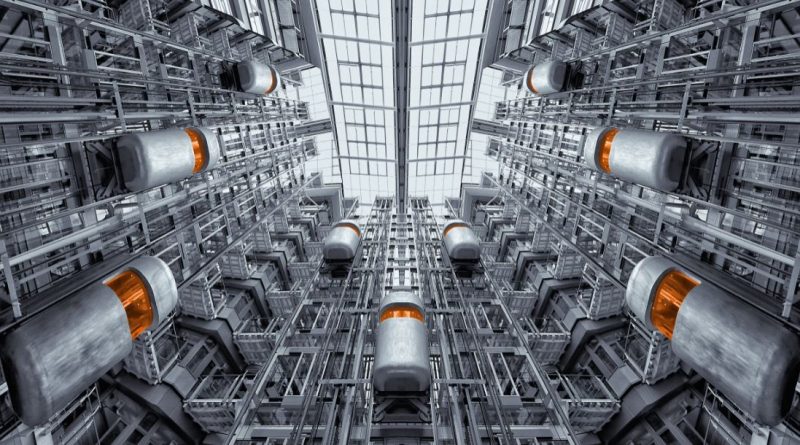Advances in Vertical Mobility – Elevator Technology
With any multi-floored building we need to move up and down between levels, both people and equipment efficiently. In order to do this we need to use what is commonly known as the elevator. You may never have considered the huge amounts of energy that make this vertical mobility possible and how it has advanced lately in technology used. Elevator tech is now being guided by USGBC LEED® certification programs and standards such as ASHRAE 90.1 within a lot of the newer designed buildings and upgrades.
There are several types of elevator to consider: A traction elevator is one that moves up and down the shaft using combinations of cables, ropes and counter weights. A hydraulic elevator uses hydraulic fluid to raise a jack to push the elevator up and and down. The traction elevator has been traditionally more energy efficient over the hydraulic setup as well as faster where speed is a consideration.
As elevators are traditionally a huge energy consumer from any building’s power grid it makes perfect sense that techniques have been developed to make reductions on power load. One of the latest developments is energy efficient regenerative motors. These drives can recycle energy rather than wasting it as thermal heat energy. When an elevator travels up these motors produce the torque to lift, however on its descent these motors become generators. They use the elevator’s weight and downward momentum to generate power back into the building’s electrical grid. These elevators are credited with high energy efficiencies, after all, what goes up must come down!
Another technique recently deployed is ‘sleep mode’. All in-elevator services such as fans, music and lighting is driven by sensors. If no-one is in the elevator it pauses saving energy. Mentioning lighting, energy efficient LED lighting can be used bringing the net energy usage down again.
Other technology such as braking and even the way the doors open have all been optimized for energy usage. In an attempt to save energy some engineers have even designed double decker elevators serving odd and even number levels at the same time.
Space also needs to be considered for elevator installations. Equipment for traction lifts can take up considerable space. Recently traction elevators have been developed with the machinery mounted on top of the cab, no longer requiring machinery plant rooms.
When debating installation price hydraulic elevators tend to be cheaper, however thinking long term tend not to meet the speed and energy efficiencies as the traction elevators.




